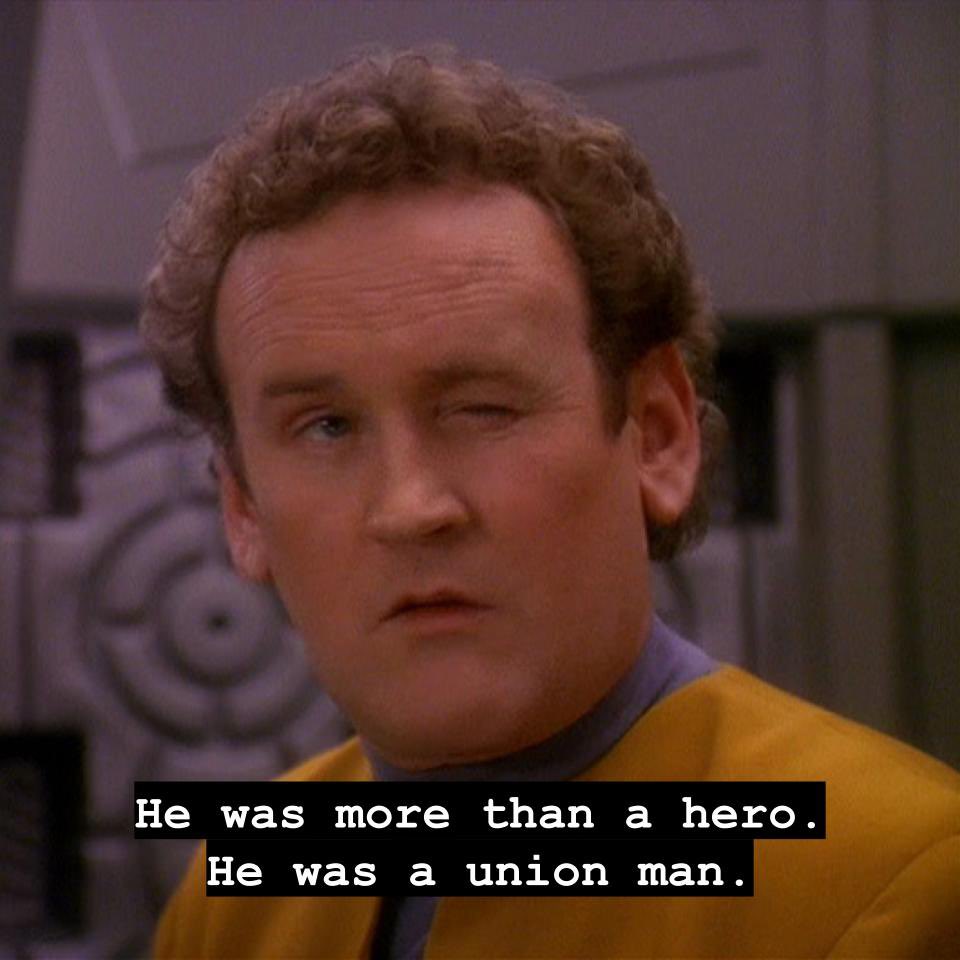Source (yes sorry it’s LinkedIn, if you any another one, I’ll update): https://www.linkedin.com/posts/prof-stefan-michel_notsweden-train-activity-7210174690827370496-8iJz?utm_source=share&utm_medium=member_ios
Isn’t this statement kinda backwards though? Surely the big cities developed along that line due to the natural geography (flat land, near bodies of water and with protection from the mountains) and then once trains first came along, it made sense to connect those cities. It’s not that people happen to live within 5km of the trainline, but that the trainline was built there because that’s where people lived.
I see where you come from, but I guess it’s still uncommon to have a third of a country living on a line
Also, the data looks quite good, which is the main objective of this community
Yeah it’s pretty data for sure. Just the conclusion that has been drawn from it is a bit odd! Correlation/causation etc etc
but I guess it’s still uncommon to have a third of a country living on a line
mmm… no, it’s exactly what you’d expect in a country chock fulla mountains. terrain dictates where roads, rails AND TOWNS grow.
They have to…lol. There’s no other way to travel efficiently.
Canada
Chile
Given the size and geography of the country, one might expect this.
I bet US can get something similar for NE corridor
Switzerland is about as big as Vermont and New Hampshire.
NE corridor is 100m people
Not as big a portion of the country, but yeah coastal areas will often have a large population living in roughly a line.
In North America I believe the line connecting the most people would go from Quebec City through Montreal, Ottawa, Toronto, London, Detroit, Chicago, Milwaukee and Minneapolis (though maybe not within just 5 km of it). This is the most populous part of the Great Lakes Megalopolis and into the St. Lawrence.
Could be, feel free to post a similar study on that region if you find one!
I believe something like 80% of the population of Brazil live within 50 km of the coast.
But train lines develops cities. I know that when a train line that connects big cities extends to smaller town they boom.
Yet another demonstration of the inferiority of the metric system. More than 90% of the US population lives within 5 kilomiles of our largest train line.
Doesn’t that just mean that this is PeopleLiveInCities?
Yeah and those cities exist in that configuration because they’re where the farm land is they grew out of. There are mountains running along the northern and southern borders of the country. Most people live in the valley between.
It’s like the same as wondering why much of Chicago’s train system runs north/south. There’s a big ass lake to the east stopping expansion that direction.
I can still see you Mr. Mouse pointer.
100% of me lives wherever I happen to be.
You never let your mind wander?
“Main train line” what is that supposed to mean exactly?
What about Lausanne-Yverdon-Neuchatel-Biel-Solothurn-Olten? What about Basel-Olten-Luzern? What about Zürich-Zug-Bellinzona-Lugano? What about Lausanne-Montreux-Martigny-Sion-Visp-Brig? What about Bern-Thun-Spiez-Visp-Brig? What about Zürich-Pfäffikon-Sargans-Lanquart-Chur?
Basically just look at this interactive map if you want a fuller picture, or at this PDF if you want to see a reduced view about the long distance lines only.
And to everyone saying: “Well obviously it follows the valley!” The Mittelland is not some valley, it’s a plateau between the Alps and the Jura mountain ranges and it contains about 30% of our area. Besides, you should know about the longest railway tunnel in the world, the Gotthard Base Tunnel and about the Lötschberg Base Tunnel and about the Simplon Tunnel. The Swiss rail system doesn’t give up because of some mountains in the way.
Well, it’s probably the longest one, joining west to east, Leman to Konstanz.
It’s also the busiest intercity, mostly because of the Bern-Zurich part but still.
It is named IC1 for a reason, not IC2.
And not stopping in Olten is another big plus 🤷🏻♂️
deleted by creator
this is probably similar for most valleys





